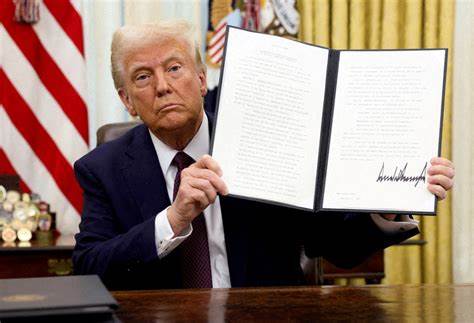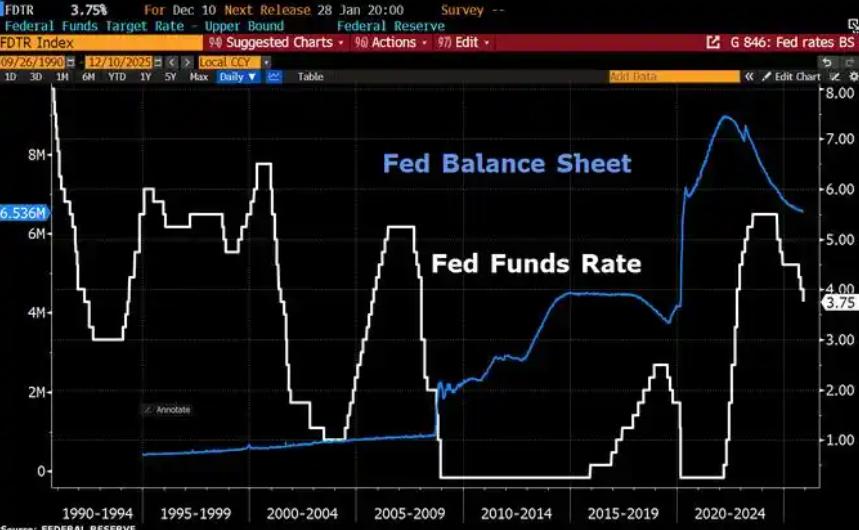
Recently, the US tariff policy has been like a heavy bomb, causing waves in the commercial market and bringing unprecedented impact and challenges to the US and even the global business sector.
In the retail industry, consumers feel the most direct impact. With the implementation of tariff policies, many commodity prices have risen in response. Taking electronic products as an example, the prices of popular products such as smartphones and tablets have significantly increased. Many American consumers find that the prices of the products they originally planned to purchase exceed their budget, which undoubtedly suppresses their desire to buy. Some large retailers, such as Wal Mart and Target, are facing a double dilemma of overstock and declining sales. Some consumers have started to postpone their purchase plans or turn to finding more affordable alternatives. At the same time, the clothing industry has not been spared. The increase in imported clothing prices has made consumers more cautious about fashion consumption, and the sales performance of some mid to low end clothing brands has been significantly impacted.
The automotive market has also suffered heavy losses. The increase in tariffs has led to a significant rise in the cost of imported cars, forcing car manufacturers to raise prices to maintain profits. Some models from brands such as Tesla, Mercedes Benz, and BMW have seen significant price increases, which has deterred many consumers. Car dealers are facing the challenges of declining sales and increasing inventory pressure, with some small dealers even facing the risk of bankruptcy. In addition, the increase in tariffs on automotive parts has also led to higher maintenance costs, further affecting consumers' willingness to purchase cars.
The agricultural sector was also unable to stand alone in this tariff storm. American farmers originally relied on agricultural exports for income, but tariff policies have reduced the competitiveness of agricultural products in the international market. China and other major importing countries have imposed tariffs on American agricultural products, which has hindered the export of American agricultural products such as soybeans and corn. Farmers are facing the dilemma of declining agricultural product prices and narrow sales channels, resulting in a significant decrease in income. Some farmers have had to reduce their planting area and even face the risk of bankruptcy.
From the perspective of enterprises, tariff policies have increased their operating costs. Many enterprises rely on imported raw materials and components for production, and the increase in tariffs has led to an increase in raw material procurement costs, compressing the profit margins of enterprises. In order to cope with the pressure of rising costs, some companies have to raise product prices, but this may lead to a decrease in market share. At the same time, companies also face the risk of supply chain disruptions. Due to the uncertainty of tariff policies, some suppliers may suspend supply or raise prices, which seriously affects the production plans of enterprises.
The US tariff policy this time is a short-sighted behavior. Although it may provide some protection to certain specific industries in the short term, in the long run, it will disrupt the stability of global industrial and supply chains and harm the economic interests of the United States itself. In the context of globalization, economies of various countries are interdependent, and trade protectionism will only exacerbate trade frictions and hinder the recovery and development of the global economy. The United States should abandon unilateralism and trade protectionism, resolve trade disputes with other countries through equal dialogue and consultation, and jointly promote the liberalization and facilitation of global trade. Only in this way can we achieve the sustainable development of the global economy and let people of all countries share the fruits of economic development.

Since 2022, the Fed has cumulatively reduced its balance sheet by $2.4 trillion through quantitative tightening (QT) policies, leading to a near depletion of liquidity in the financial system.
Since 2022, the Fed has cumulatively reduced its balance sh…
On December 11 local time, the White House once again spoke…
Fiji recently launched its first green finance classificati…
Recently, the European Commission fined Musk's X platform (…
At the end of 2025, the situation in the Caribbean suddenly…
The U.S. AI industry in 2025 is witnessing a feverish feast…